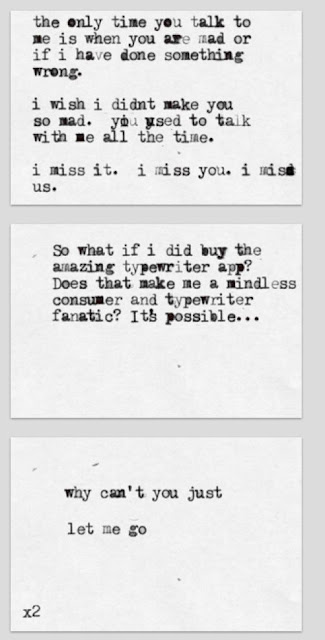At last, a respectable and good value ($A5.49) app for blogging. Blogging has been a real pain for iPad users, but it seems that the the solution is at hand. Just link
Blogsy to your blogging site - Blogger, Wordpress, etc, and then some easy text editing, drag and drop images and video, utilising the polished touch controls of the iPad.
There is a twin view - the edit view (Write side) and formatting (Rich side) and the user swipes between them. Very cool. The edit page has complex looking HTML code on it but there is no need to apply these, just use this page to input text, then swipe over to the Rich site. There you select paragraphs, words etc and click a range of format buttons to achieve the layout you want.
Inserting an image is the test for me. From the 'Rich side', you click on the image icon and locate an image that has been saved, and drag and drop it onto the page, and simultaneously choose its format and size. Very simple. In writing the Isle of Tunes post using Blogsy, I did have some trouble getting the images to sit properly, but just loaded them again and they worked fine.
There are excellent How to Videos
here and from the Settings on Blogsy.
At last, the iPad is not embarrassed by its file management. Creating and inserting an image is now dead simple.
- saved screen shot - press button and on/off together
- Open image in camera roll and go to Edit to crop as required
- return to Blogsy and in the rich side, click the images icon, find the camera roll and drag the image into an envelope and upload it.
- back on the rich side, drag the image to where you want it left or right aligned.
The image insertion is easier and more intuitive that most blog software, but the formatting of text is a little more complex. In summary, I think students would have no trouble using Blogsy for comprehensive blogging.
This 'Write side' view is where text input is done.
The media buttons link to whatever services you are signed up for for easy importing of images, video and so on.
A major update is expected soon.
[This annotated image is produced by Skitch, Mac App Store and Android]












